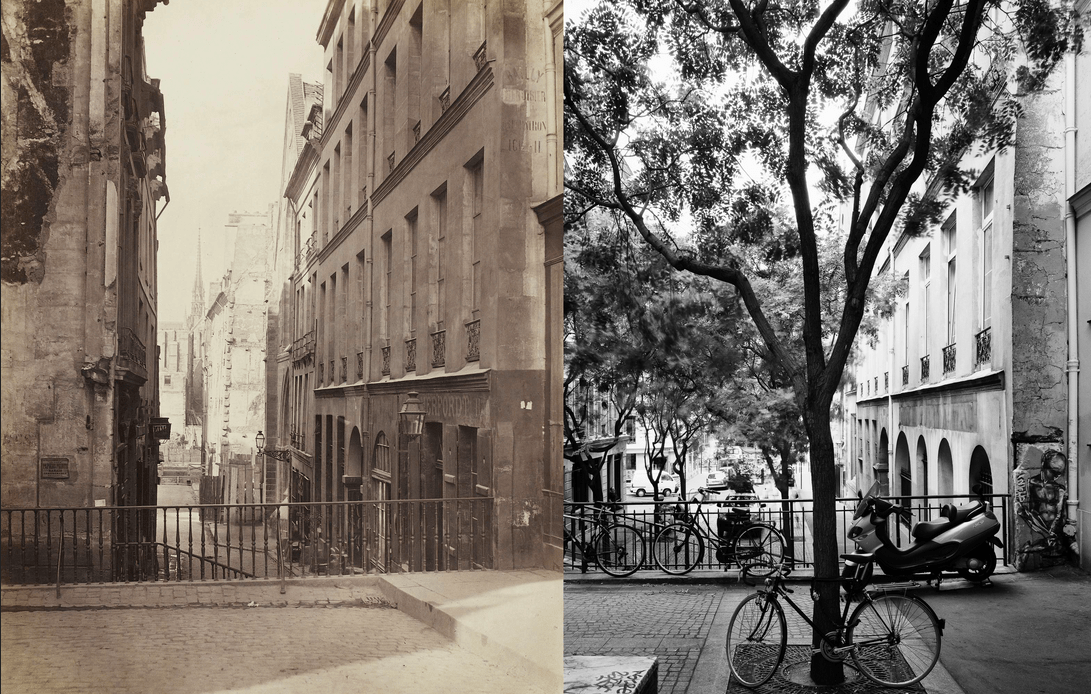Name of the Project: “I Do.”
Partners: Molly He, Ben Tablada
Links:
The “1 minute project”:
30 seconds long documentation:
https://drive.google.com/drive/folders/1Mlm17z9e5ZCGfNhuu3wy7Nnh31xzAsmU
What worked well – I have to admit our marriage market experience idea worked much better, than any of us anticipated. There have been many times me and my partners felt the project was hopeless or that the initial idea would have to be courbed because of the situation at hand. In the end, we didn’t have to do any project idea sacrifices and the response of our test user was so much better than what we could have imagined at the beginning of this project. We also ended up having much more amazing content than we expected when the actual shooting took place. Seeing people genuinely thrilled after experiencing our demo version during the IMA Show was something we all watched with wonder. I feel very lucky to have the team I had for this project, because without the great effort and cooperation everybody showed, this project with all of its challenges would be impossible.
I have learned a lot during both this project and the course as a whole. Before the course started, I had never even tried a VR headset before, not even talking about creating any VR content. I chose this class with great anticipation to learn as much as possible about VR, but I was also very worried. Lacking knowledge, creating VR content meant to me something alongside programming a game or shooting a very complex movie, meaning humanly impossible. Thanks to this project, I discovered VR is not as intimidating as it seemed at the beginning and it can offer great possibilities for being creative and share it with others in a very fun and unique way. The content creation is also, with enough guidance, possible for even amateurs to make. I never worked with Premiere pro before, so besides shooting VR content for the first time, this was another challenge for me, which taught me a lot. Overall, I learned so much about the whole video based VR making process, from shooting to editing, postproduction and user testing.
What I would do differently is the preparation before shooting. I believe we were well prepared in terms of the terrain, the place we wanted to shoot so it would incorporate all of the angles and objects we wanted it to. The problem we did not think through were the local people, which ended up posing the biggest challenge. We should have chosen a different approach, communicate with them beforehand, get them on our side and excited to be part of our project.
Another thing I would make sure of next time is checking the quality of the video and presence of all of the components (such as the sound source we have lost) during all of the stages of production – from stitching, transferring of the project to rendering.



